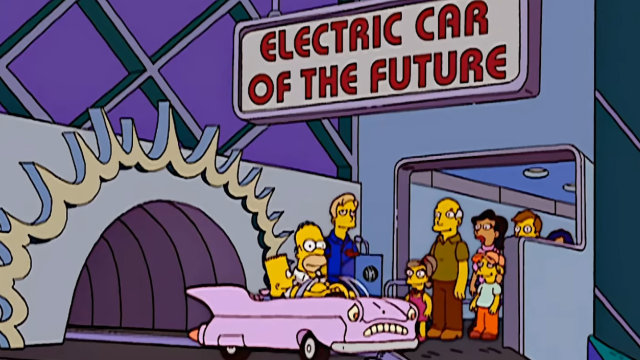The 2023 federal Budget is here, Labor’s first budget since entering power, providing a change of direction from the one delivered in May by the ousted Coalition government. This time around, there was some interesting stuff in the Budget papers for electric vehicles.
Most of the information you’ll find about electric vehicles in this Budget is summarised on page 28 of the “Building a better future” summary document. It summarises the Driving the Nation Fund that Labor backed during the Federal Election earlier this year. As a part of this, $275.4 million is going towards establishing the fund, with $14 million going towards on-road emissions and fuel consumption testing with the Australian Automobile Association. $125 million is also going towards electric bus charging infrastructure in Perth.
Additionally, $146.1 million will be given to the Australian Renewable Energy Agency over five years to co-invest in emissions-reducing Australian road transport projects and $89.5 million will be issued to the Hydrogen Highways initiative over six years.
$39.8 million over five years will go towards establishing the National Electric Vehicle Charging Network, to create 117 fast charging stations on highways across Australia. The government is collaborating with the NRMA on this.
As far as prospective electric vehicle buyers are concerned, the biggest thing in this Budget for them is likely the electric car discount. This involved the removal of the fringe benefits tax from some EVs, kicking off on July 1, 2022. This exempts battery, hydrogen and plug-in hybrid electric cars from the fringe benefits tax and import tariffs “if they have a first retail price below the luxury car tax threshold for fuel-efficient cars”, the papers say.
This is set to be reviewed every three years, and is estimated to decrease payments by $65 million over the four years from 2023. People can benefit from this if the electric vehicle is purchased as part of their business. The government estimates that, with a $50,000 EV, it could save an employer up to $9,000 per year or could save an individual (using a salary sacrifice arrangement) up to $4,700 a year.
Additionally, the removal of customs duties will also help save up to $2,500 on the EV purchase, if the car was previously subject to an import tariff. This sounds good on the surface, but it’s limited in how well it applies to EVs in Australia.
The government is also committing to 75 per cent of the Commonwealth fleet of vehicles being electric by 2025, hoping to contribute to a stronger second-hand market.
That’s about it on electric vehicles. No mention of fuel efficiency standards, which Australia is sorely lacking compared to the rest of the world.
Head over here if you’d like to read about all of the tech-related announcements of the budget, and here for the climate-related announcements.
